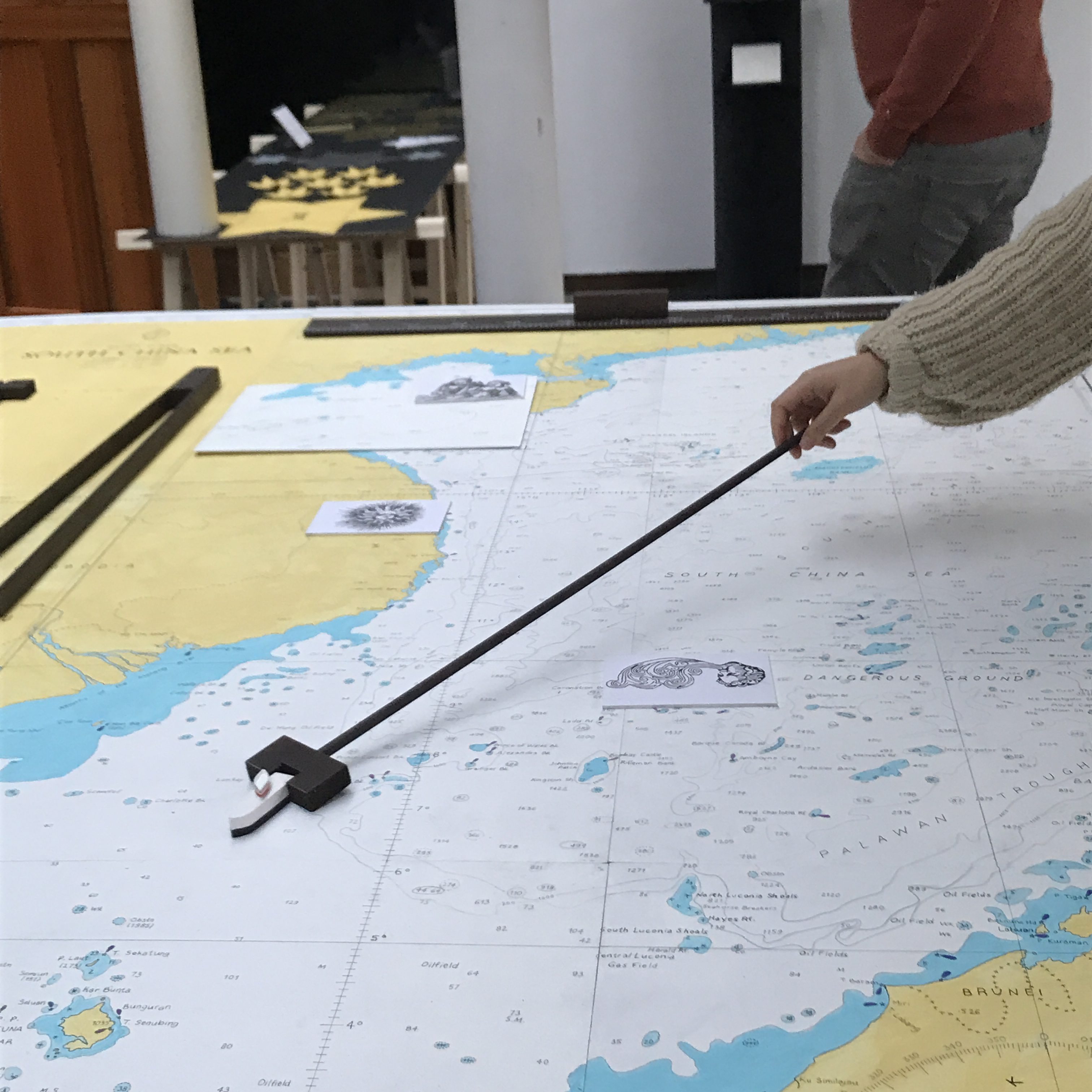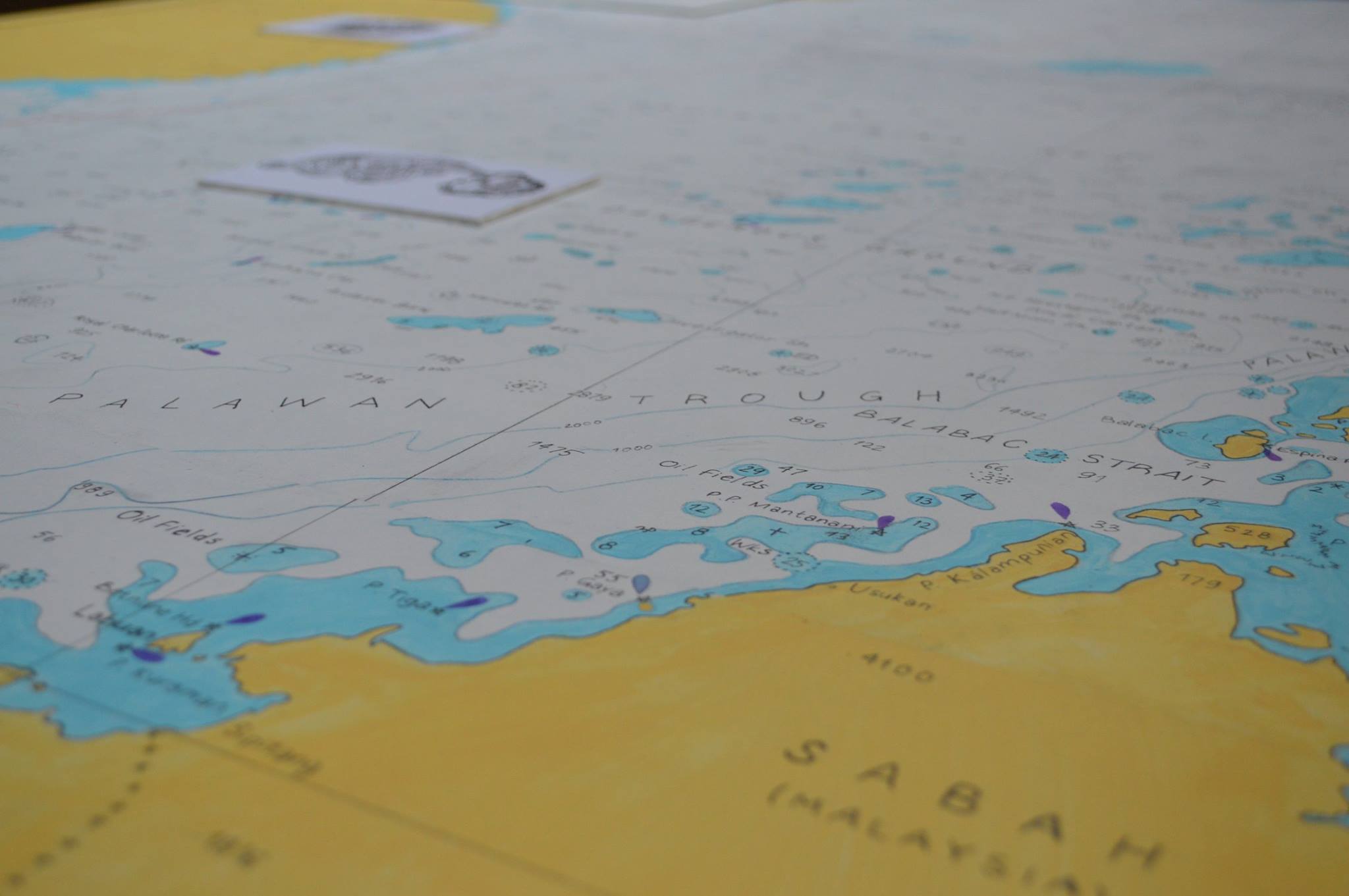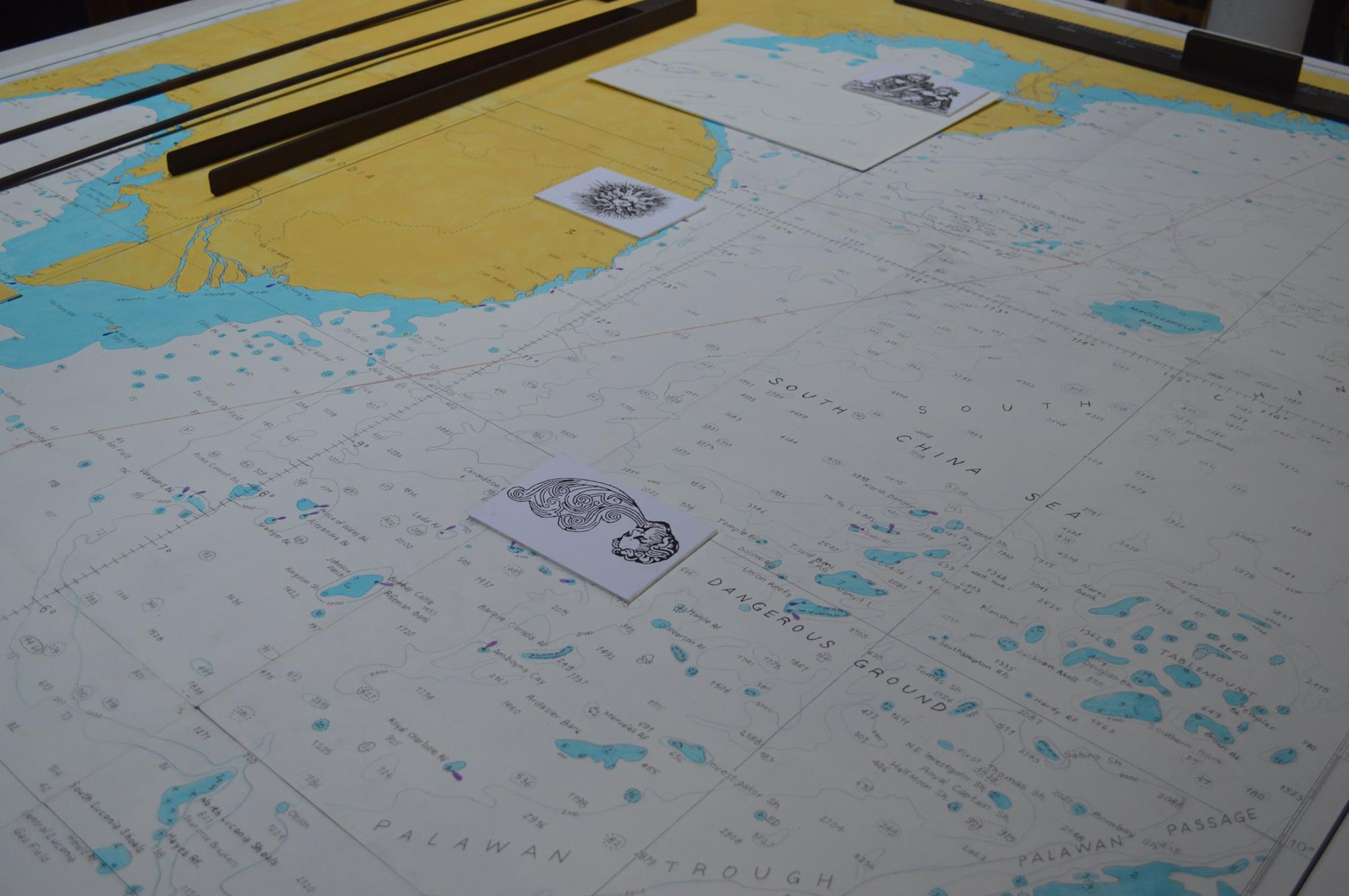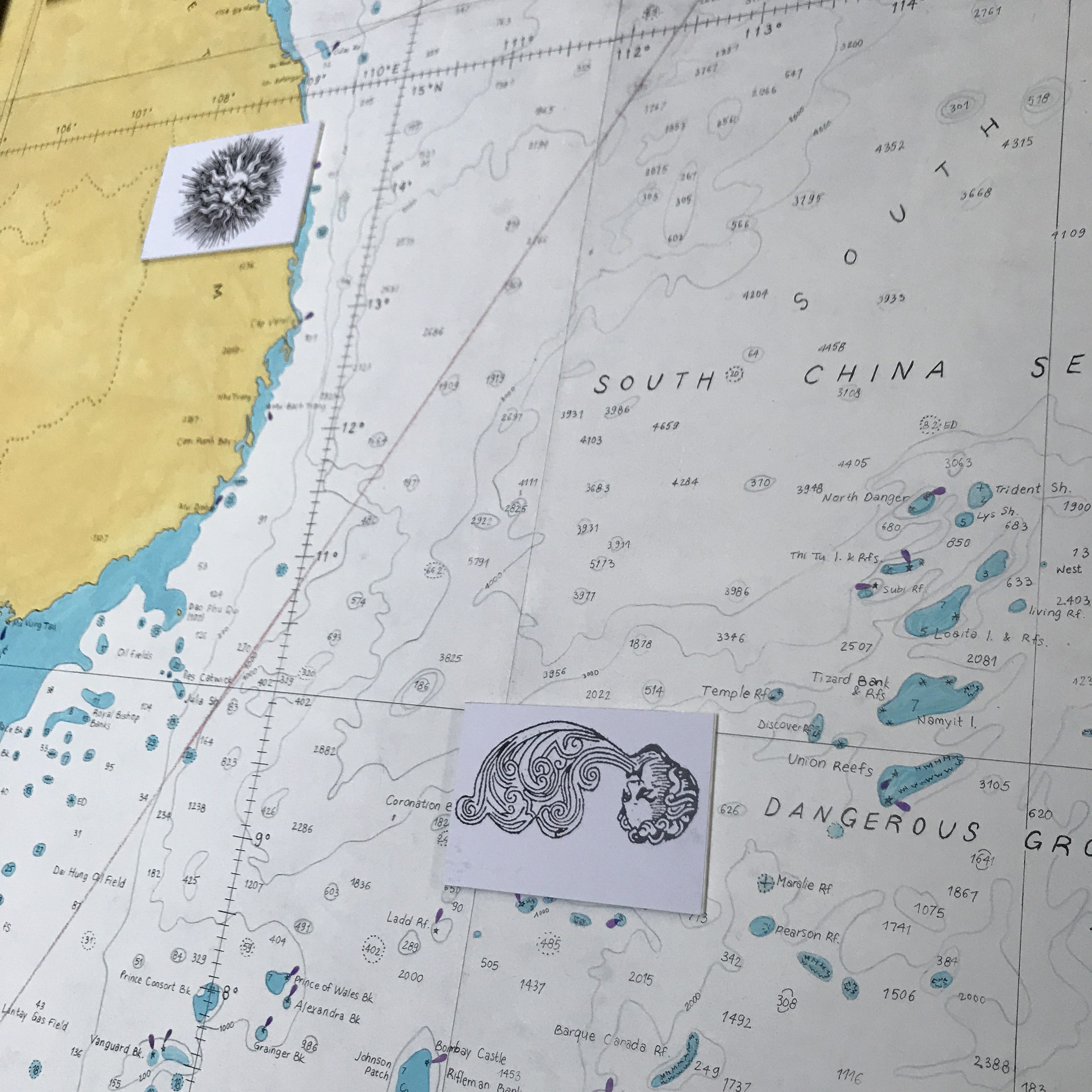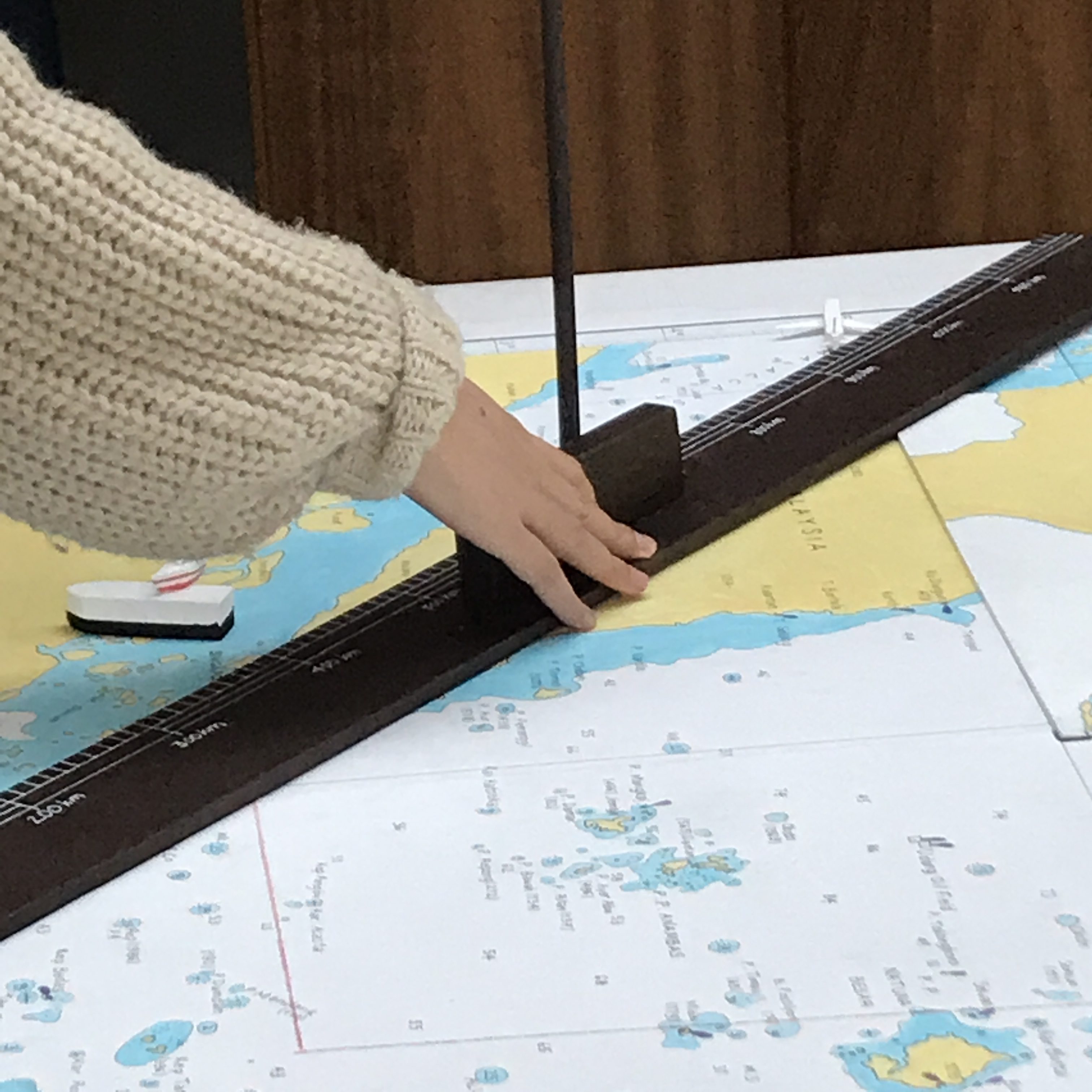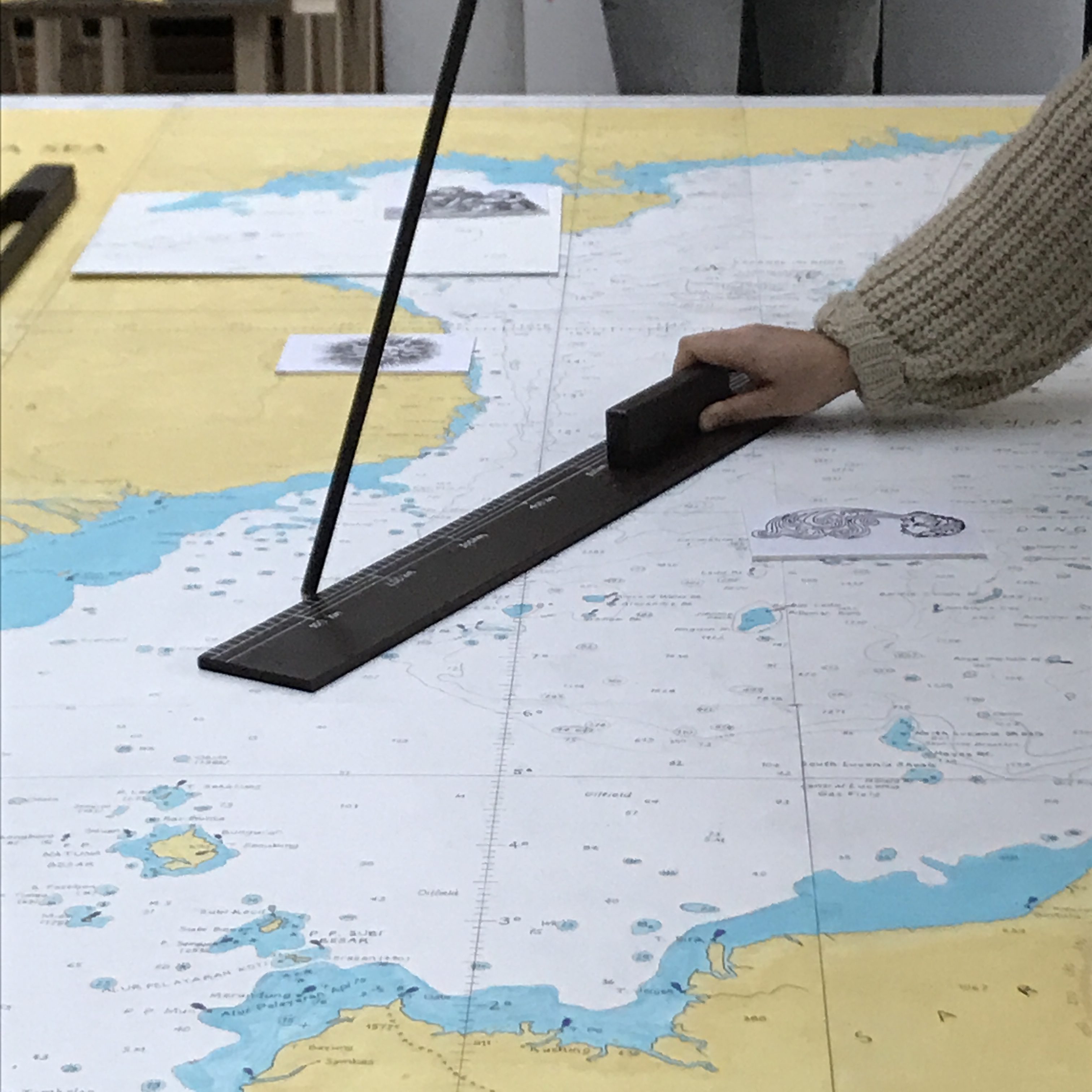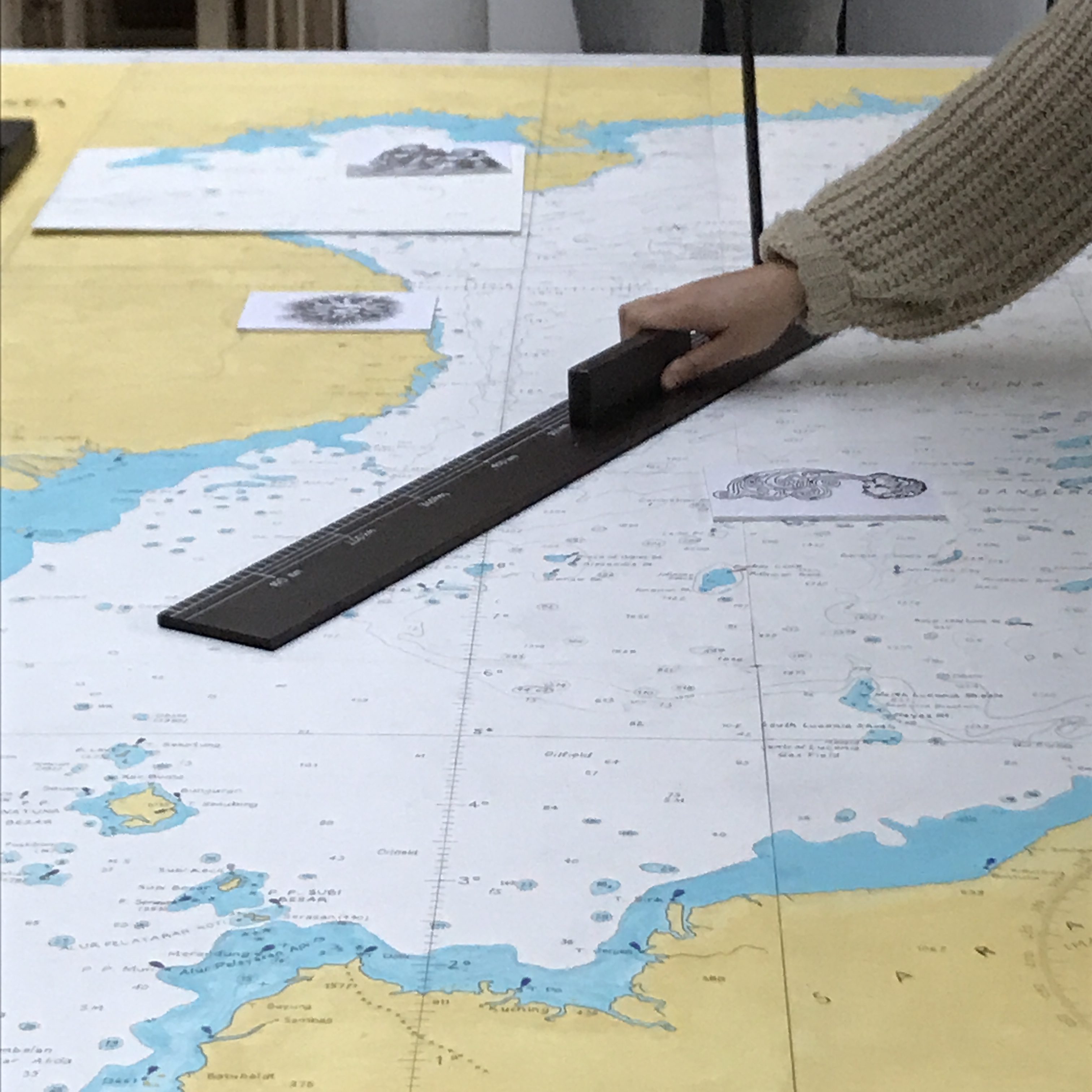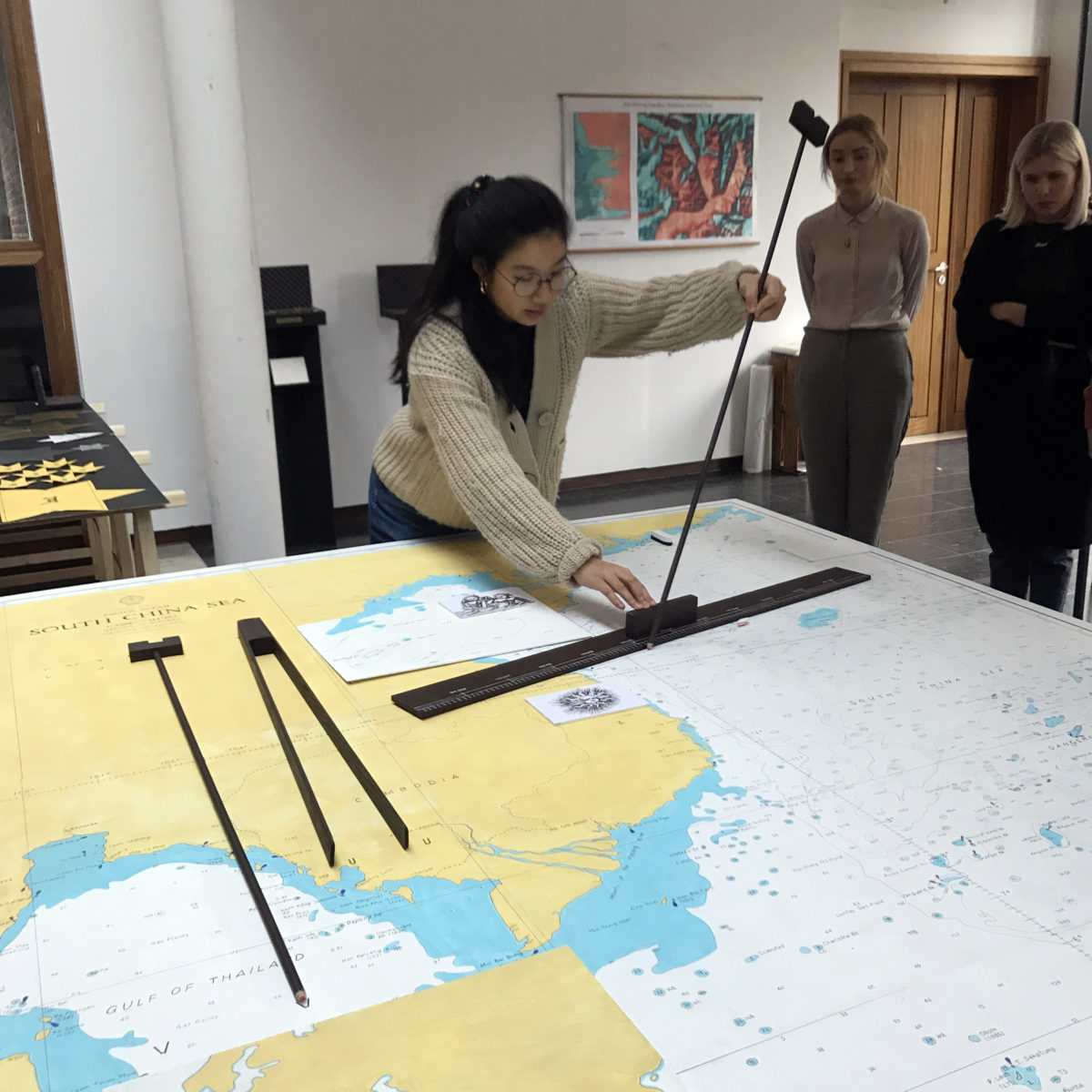Narratieve Ruimte en Materialiteit
Textual Space | Spatial Text – Pacing through Words and Maps
Dit jaar bakenden we het thema ‘Textual Space / Spatial Text – Pacing through Word and Maps’. In het wintersemester lazen de studenten daarom ‘In Space We Read Time’, een boek van Duitse historicus Karl Schlögel. De auteur houdt doorheen het boek via korte essays (voornamelijk over de twintigste eeuw) een pleidooi voor het niet-chronologische aflezen van geschiedenis. Daarbij zet hij sterk in op de figuur van de flâneur.
Voor hun masterproef gaan de studenten als flâneurs Brussel ervaren en dus een ‘Augenarbeit’ opstarten. Ze focussen op een gekozen site met een verlaten en/of leegstaand gebouw. In functie daarvan wordt de huidige context en het verleden verkend/bestudeerd om vervolgens daaruit een hedendaags programma en architecturaal project te ontwikkelen, het zogenaamde afstudeerproject.
Claudia Chan over haar werk in MIAB14 2018, met invloeden uit haar eigen geschiedenis en “Im Raume lesen wir die Zeit” door K.Schlögel
“Mijn werk brengt de vluchtroute van mijn opa (Truong Minh Hung) in kaart. De kaart is een abstractie die geen emoties toont maar er wordt wel een emotioneel verhaal verteld.
De onderlegger is een navigatiekaart waarop op bepaalde momenten mythologische tekeningen komen als extra laag. Met behulp van tools wordt het verhaal van de vluchtroute verteld en uitgevoerd op de kaart.
Op 5 augustus 1981 ontvluchtte mijn opa Vietnam in zijn vissersbootje met 62 andere mensen. Ze kenden veel tegenslag: kompas kapot, motor uitgevallen, te weinig eten en drinken… Na 9 dagen hadden ze de hoop opgegeven. Op 13 augustus 1981 voer een Belgisch cargoschip hun kant op. Toen de bemanning hun situatie zag, gooiden ze meteen een waterslang naar beneden. Die waterslang was zoals een navelstreng. Op dit moment voelden ze zich herboren. Ze werden gered en meegenomen op het schip waar ze goed werden verzorgd. Na 3 dagen kwamen ze aan in Singapore. Hier verbleven ze 2 maanden in een vluchtelingenkamp. Daarna namen ze het vliegtuig naar Kuala Lumpur, om vervolgens door te vliegen naar België, waar ze een nieuw leven konden opbouwen. Velen zijn later succesvolle ingenieur, dokter of ondernemer geworden. Maar bijna allemaal lijden ze aan een ongelofelijke heimwee. Welvaart beschermt hen niet tegen de diepe breuk die migratie is.”
– Asli Ciçek, Koen Deprez en Rajesh Heynickx
(meer beelden onderaan)
__________________________________
Narrative Space and Materiality
Textual Space | Spatial Text – Pacing through Words and Maps
This year we work with the theme ‘Textual Space / Spatial Text – Pacing through Word and Maps’. Within this frame the students read during the winter semester ‘In Space We Read Time’, a book by German historian Karl Schlögel. Throughout the book, the author makes a plea for non-chronological reading of history through short essays (mainly about the twentieth century). In doing so, he places a strong emphasis on the figure of the flâneur.
For their master’s thesis, the students experience Brussels as flâneurs and thus start up an ‘Augenarbeit’. They would focus on a chosen site with an abandoned and/or empty building. In function of this, the current context and the past are explored/studied in order to then develop a contemporary programme and architectural project, the so-called graduation project.
Claudia Chan about her work in MIAB14 2018, with influences from her own history and “Im Raume lesen wir die Zeit” by K.Schlögel.
“My work maps the flight route of my grandfather (Truong Minh Hung). The map is an abstraction that doesn’t show any emotions but it does tell an emotional story.
The pad is a navigation map on which mythological drawings appear as an extra layer at certain moments. With the help of tools the story of the escape route is told and executed on the map.
On 5 August 1981 my grandfather fled Vietnam in his fishing boat with 62 other people. They had many setbacks: compass broken, engine failed, too little food and drink… After 9 days they had given up hope. On August 13, 1981 a Belgian cargo ship sailed their way. When the crew saw their situation, they immediately threw a water hose down. That water hose was like an umbilical cord. At this moment they felt reborn. They were rescued and taken to the ship where they were well cared for. After 3 days they arrived in Singapore. Here they stayed for 2 months in a refugee camp. Then they took the plane to Kuala Lumpur, to fly on to Belgium, where they could build a new life. Many years later they became successful engineers, doctors or entrepreneurs. But almost all of them suffer from an incredible homesickness. Prosperity does not protect them from the deep fracture that migration is.”
– Asli Ciçek, Koen Deprez en Rajesh Heynickx
